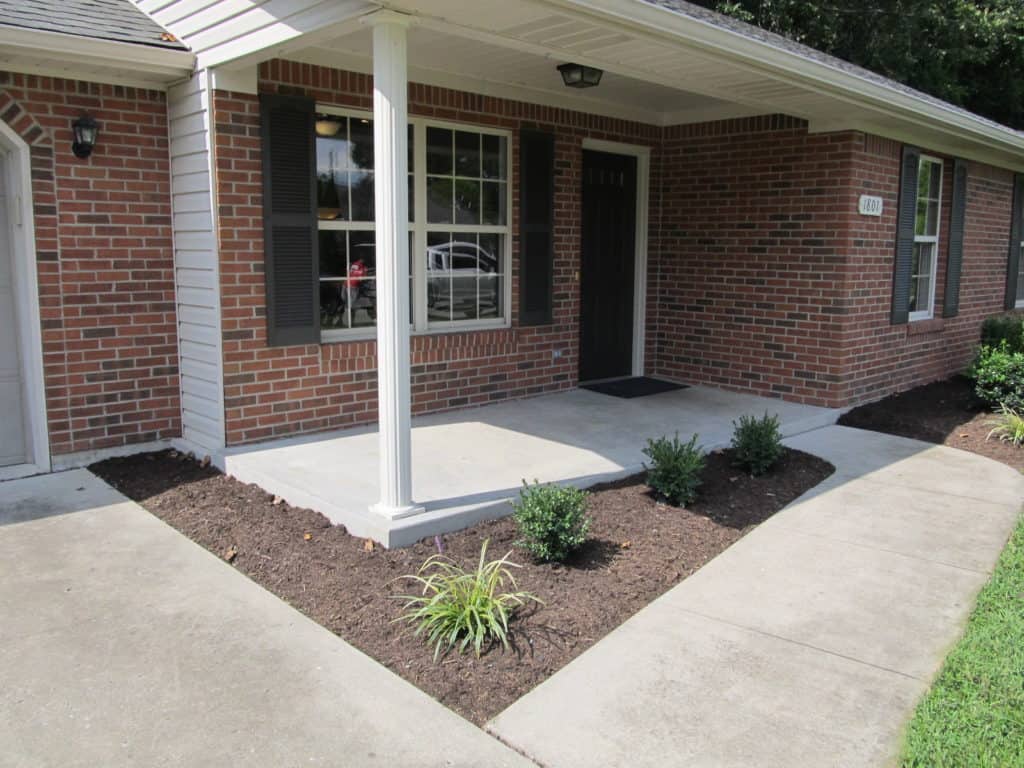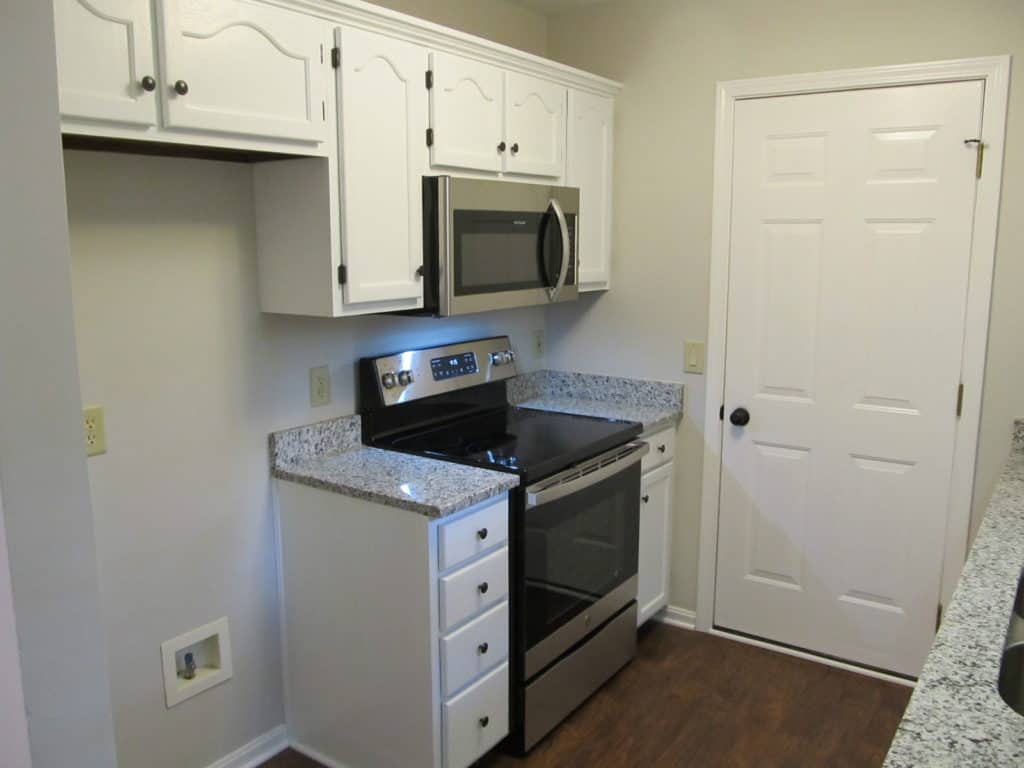When most people think of house flipping, what usually comes to mind are fix and flips.
Which involves the purchase of a distressed property, and then countless months of rehab and expenses, before hopefully selling the home for a profit.
However, there are actually many different ways to flip a house beyond the traditional fix and flip method, with two of the more popular alternatives being micro flipping and wholesaling.
As micro flipping and wholesaling require a fraction of the capital, rehab, and time that traditional house flipping requires.
But what exactly is micro flipping and wholesaling and what’s the difference between micro flipping and wholesaling?
Micro flipping and wholesaling are actually two different ways of wholesaling real estate, with micro flipping being considered the online version of wholesaling.

Micro Flipping vs Wholesaling
But to really understand the differences between micro flipping and wholesaling we need to take a closer look at each of these real estate investing techniques individually.
What is Wholesaling Real Estate?
Wholesaling real estate describes the process of a real estate investor buying or putting a property under contract and then either flipping the property or the contract immediately to usually another real estate investor for a small profit.
There are two main ways to wholesale real estate.
Flipping the Contract
The first way to wholesale real estate is to find a seller that wants to sell their property below market value due to circumstances or property condition issues.
And then lock that deal in with the seller by putting the property under contract.
But instead of continuing on with the purchase of the property, you instead, find a buyer for the property (which ideally you already have lined up) that is willing to pay slightly more for the home than you have it under contract for.
And then flip the contract to the new buyer.
Thereby allowing you to make a small profit on the spread or the difference between these two prices without ever having to take possession of the property.
The advantage of this form of wholesaling is that it allows you to flip real estate with little to no capital with the exception of perhaps a small down payment for the initial contract.
But this form of wholesaling has become more challenging in recent years after the 2008 financial crisis.
As it ushered in many new lending regulations and rules, that prevent traditional homeowners that are financing the home from purchasing a home where the seller is flipping a contract and doesn’t actually own the home.
This is why if you use this form of wholesaling, you will more than likely be flipping the property to a cash investor where these rules and regulations will not apply.
Flipping the Property
The other way to wholesale real estate is just like the way before but instead of flipping the contract to buy the property to another investor, you instead go through with the contract and buy the property.
Which can greatly increase your buyer pool but also requires you to have the capital to purchase the home.
The big advantage of this version of real estate wholesaling is that it allows you to flip a house in often just a few weeks or even the same day because you don’t have to spend months rehabbing the home before you sell it.
As you will usually sell the home to the new buyer in roughly the same condition you bought it in.

What is Micro Flipping?
Micro flipping describes the process of using property data and online resources in order to find a motivated seller willing to sell their home below market value. So that you then can turn around and quickly sell the home to a new buy for slightly more than you paid for it, to make a quick profit.
Differences Between Micro Flipping and Wholesaling
Micro flipping in a lot of ways is very similar to traditional real estate wholesaling with a few key differences.
Approach to Finding Sellers
Traditional wholesaling typically requires a lot more leg work such as door knocking or neighborhood canvassing in order to find motivated sellers willing to sell their home below market value.
While micro flipping uses online data resources and computer software in order to find motivated sellers, which enables micro flippers to do most of their work at a computer.
Approach to Finding Buyers
In addition, buyer acquisition usually looks a little different when comparing traditional wholesaling and micro flipping.
Because in traditional wholesaling, once the real estate investor has found a motivated seller, they will typically rely on their network of cash investors to buy the property.
While investors using the micro flipping approach to wholesaling will typically look for more traditional home buyers to buy their properties, using many of the same techniques that real estate agents use to find retail buyers.
Condition of the Property
The other key difference between micro flipping and wholesaling is the type of property that each form of real estate investing typically deals in.
Because while traditional wholesaling usually involves properties that are often in poor condition that only cash investors would be interested in, micro flipping usually involves homes that are in overall good condition that more traditional retail buyers would be interested in buying.

How to Start Micro Flipping
If you want to start micro flipping, then you’re going to have to learn how to compete with some of the biggest players in the space, which include companies like iBuyer, Zillow, Opendoor, and Redfin.
But the great news is that it’s now easier than ever to compete with these big players, thanks to all the property data and information that’s now available online.
Which is the same type of information that the big players use to successfully micro flip property.
Step 1: Line Up the Financing
The first thing you need to do, if you plan to get into micro flipping, is figure out how you’re going to fund the micro flip.
There are several different ways to accomplish funding a micro flip but the most popular ways include hard money loans, private money, and transaction funding.
Just make sure you fully understand the terms and timelines on these short-term real estate loans, as they often have steep penalties, if you go beyond the pre-determined time limits of the loan.
Which can be as short as 48 hours, when dealing with transaction funding.
Step 2: Find the Buyers
While you might logically think the next step in micro flipping would be to find motivated sellers and property so that you have something to flip.
You should actually first focus on finding ready willing and able buyers that are ready to buy a home.
Thataway when you find a motivated seller and property to micro flip, you have a pool of buyers ready to go to buy the property.
Step 3: Find the Property
Once you’ve got the funding figured out and a good size pool of buyers ready to buy a home, then it’s time to turn your attention to finding motivated sellers willing to sell their home below market value.
And to do this you will need to use online sources of property data such as public records and private databases to find sellers that could be in the early stages of foreclosure or other types of sellers that would also be motivated sellers looking to sell their homes quickly for a discount.
Step 4: Putting It All Together
Then and only then, when you have all the pieces of a micro flip transaction described above, can you then bring all these pieces together to complete a micro flip on your first property.
Recent Posts
How much does a push lawn mower cost? This is a question that many people have when they're looking for a new lawn mower. The good news, however, is that push lawn mowers are one of the most...
Are you looking for a cheap lawn mower? If so, you've come to the right place! Because in this blog post, we've highlighted the 10 cheapest lawn mowers on the market today. Plus, we provide...

